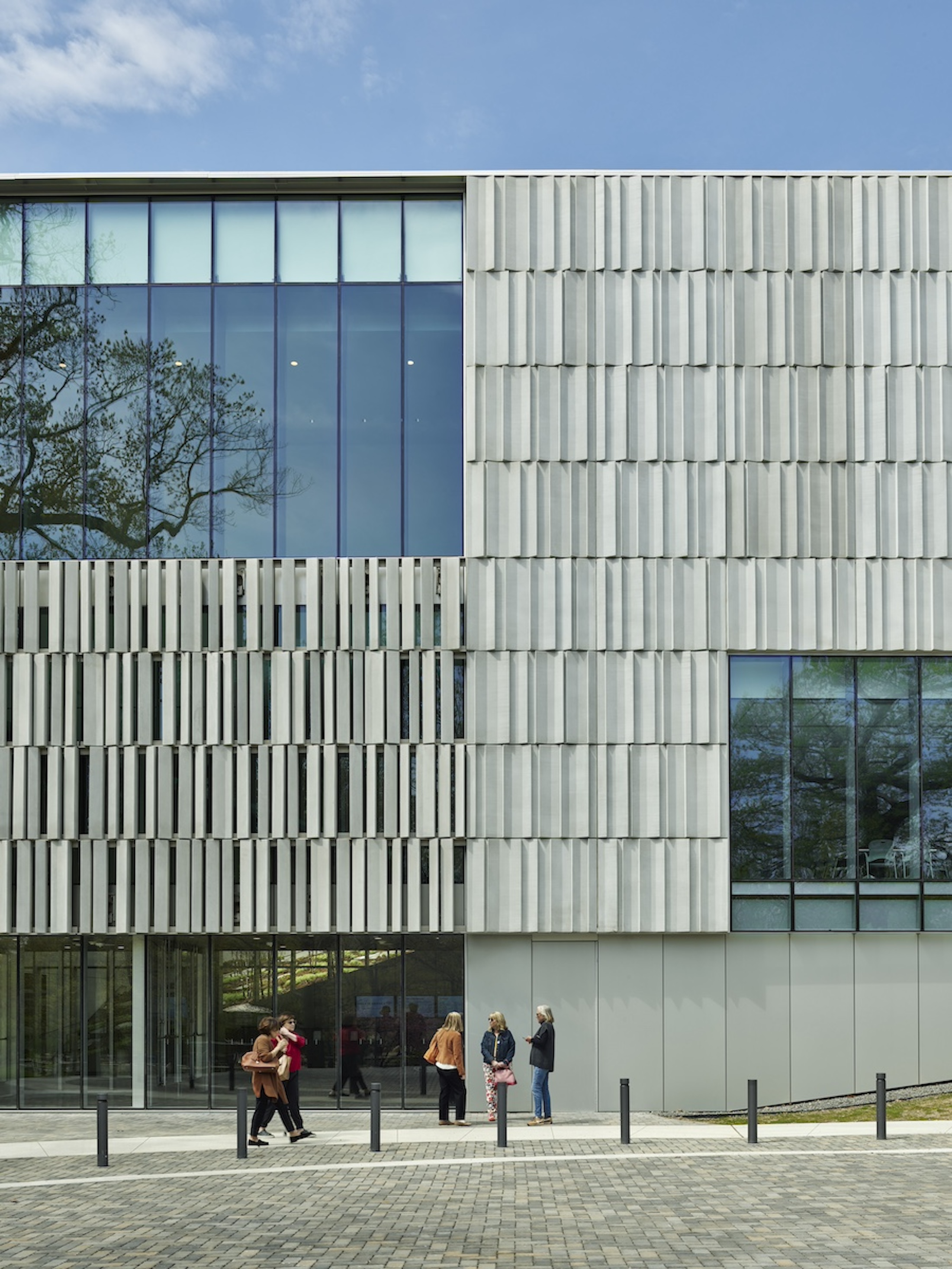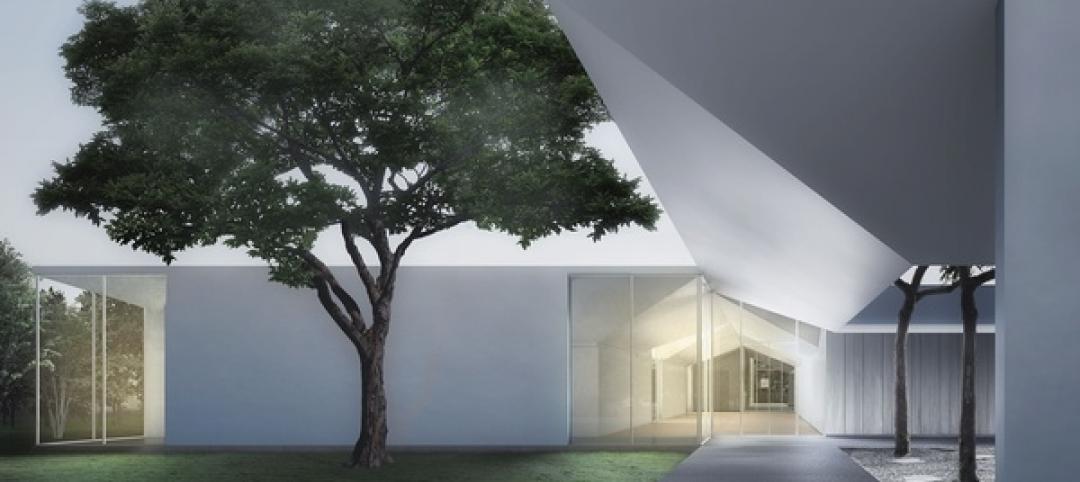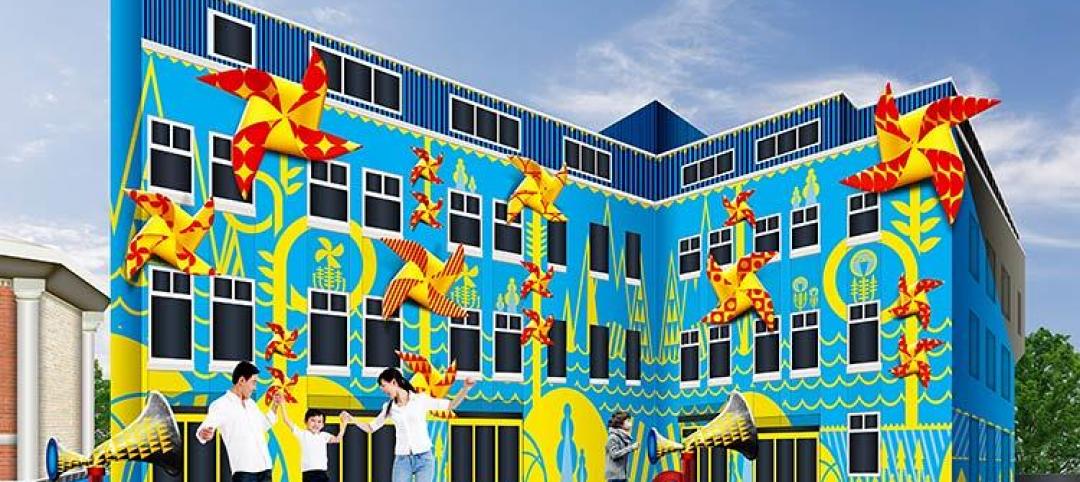In Greenwich, Conn., the Bruce Museum, a multidisciplinary institution highlighting art, science, and history, has undergone a campus revitalization and expansion that more than doubles the museum’s size.
Designed by EskewDumezRipple and built by Turner Construction, the project includes a 42,000-sf, three-floor addition as well as a comprehensive renovation of the 32,500-sf museum, which was originally built as a private home in the mid-19th century and expanded in the early 1990s.
The project provides permanent and changing galleries, expanded collection storage, education spaces, public gathering places, and a public entrance lobby. A new lecture hall serves as a hub for community programming, public lectures, and receptions.
“We can host the community in a way we’ve never been able to before,” Robert Wolterstorff, executive director, Bruce Museum, said in a statement. “In the past, we had no permanent collections galleries.”
The project reorients the museum’s entrance so that, instead of facing a highway, it now faces the free and public Bruce Park. The double-height lobby, café, and gift shop form an open, free-flowing public area, and a new courtyard joins the existing museum to the addition.
EskewDumezRipple’s design draws inspiration from both the historic stone house and the surrounding region’s geology. The striated façade of cast stone and glass evokes the Connecticut coast’s rock quarries, and the façade changes appearance as the sun changes position depending on the time of day and year. The design emphasizes natural daylighting, with openings in the façade providing light to the interior that gradually recedes deeper in the galleries.
The energy-efficient design includes an airtight façade, highly efficient air-handling units, a dehumidification system, and a stormwater management system that collects 100% of rainwater onsite. The museum has a predicted Energy Use Intensity (EUI), or the amount of energy used per square foot annually, of 63, in contrast to an EUI of 186 for similar museums in the northeast US, according to the statement.
On the Building Team:
Owner: Bruce Museum
Owner’s representative: Stone Harbor Land Company
Architecture and interiors: EskewDumezRipple
Contractor: Turner Construction
Landscape architect: Reed Hilderbrand
Structural engineering: Guy Nordenson and Associates
MEP engineering: Altieri
Civil engineering: Redniss & Mead
Geotechnical: Melick-Tully and Associates
Lighting: Fisher Marantz Stone
Acoustics and A/V: Jaffe Holden
Envelope: Simpson Gumpertz & Heger
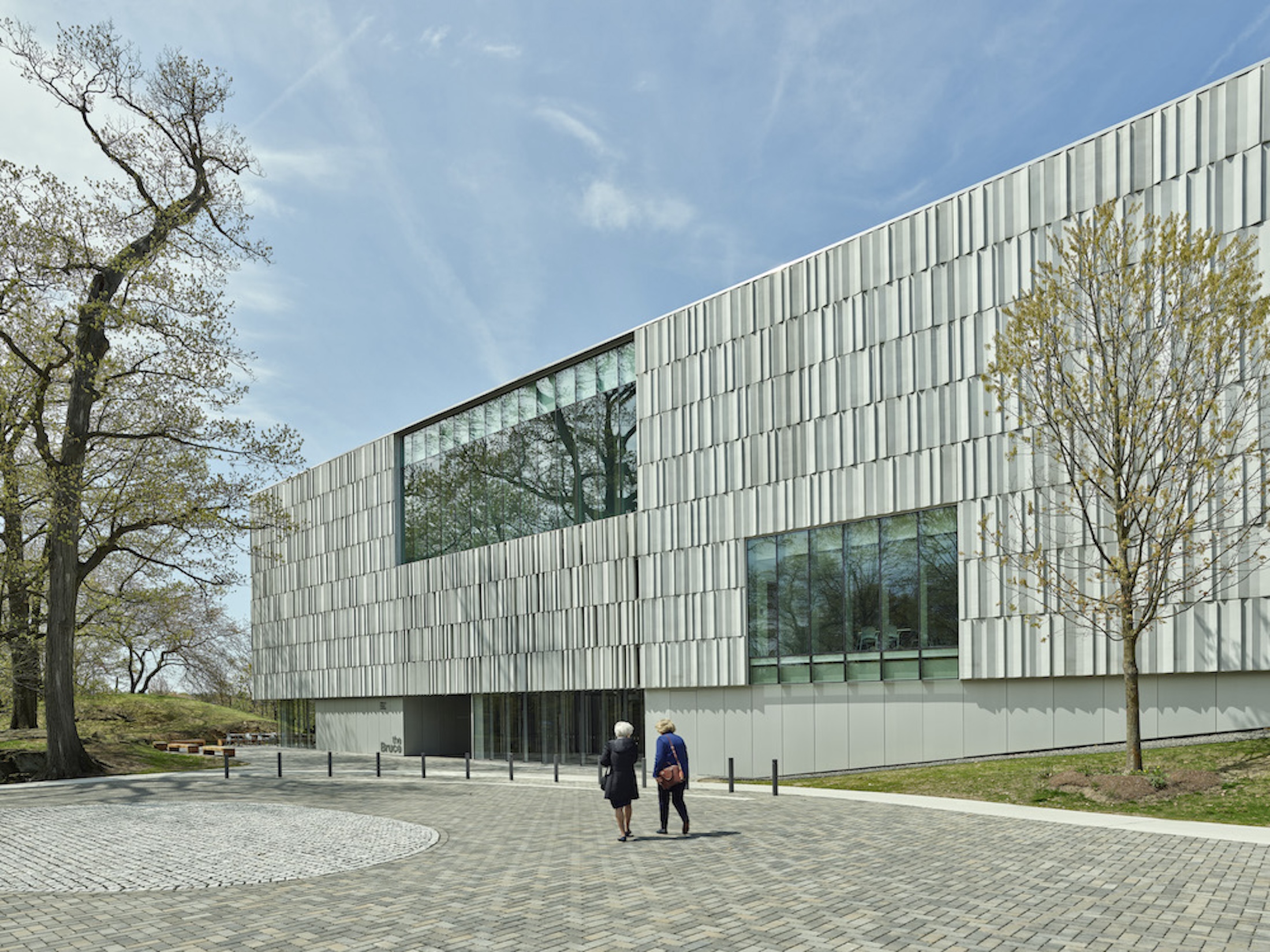
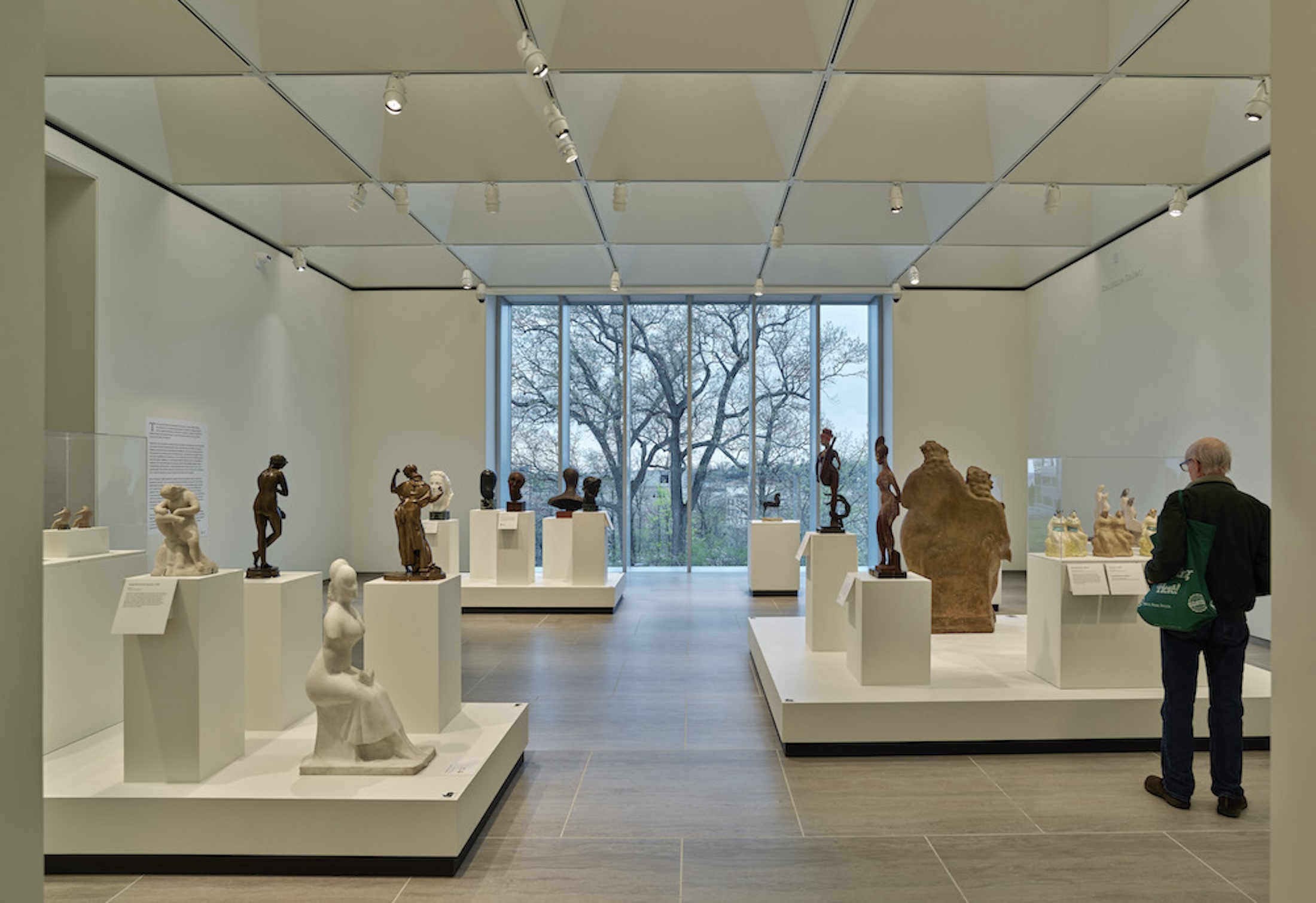
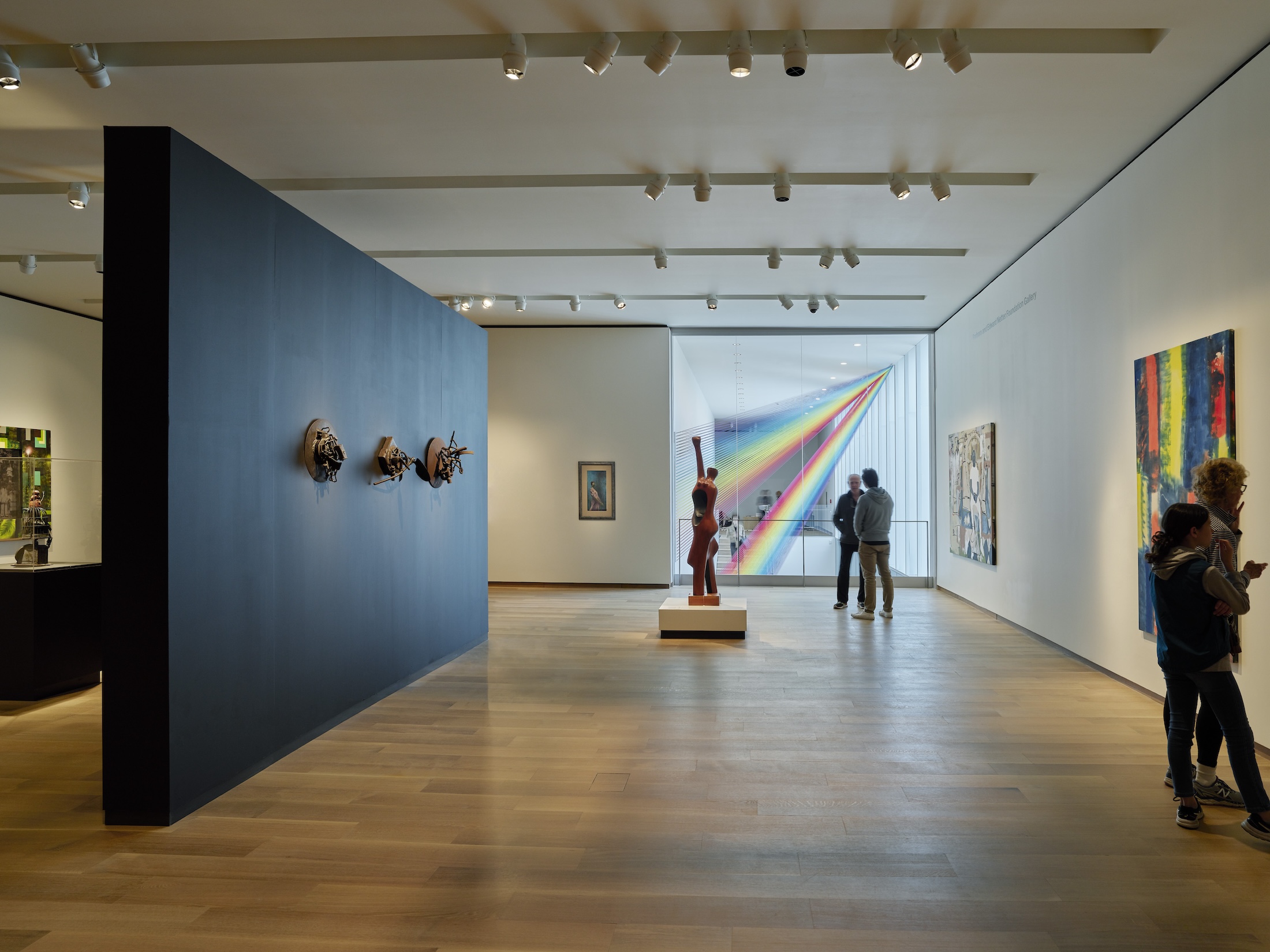
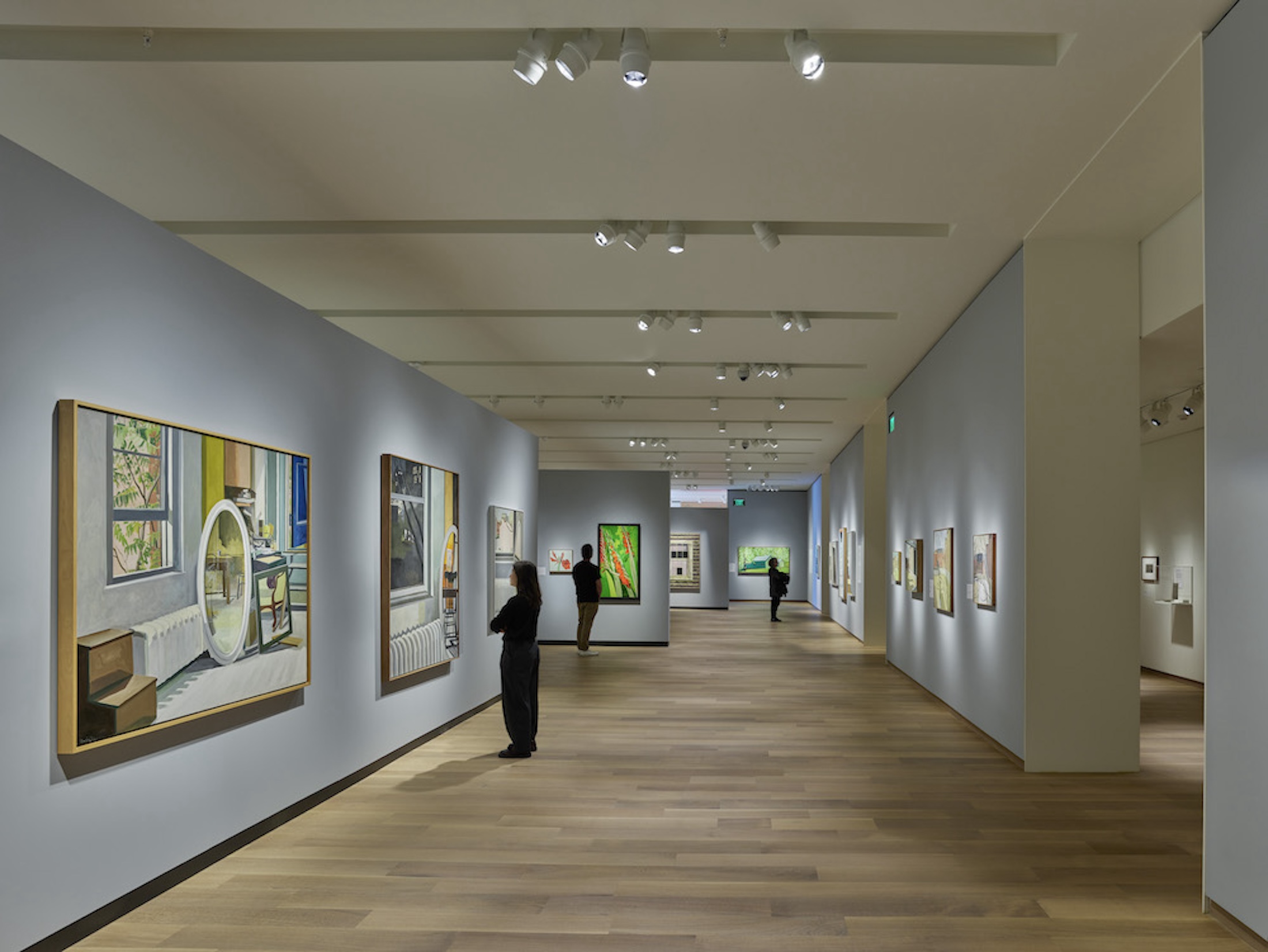
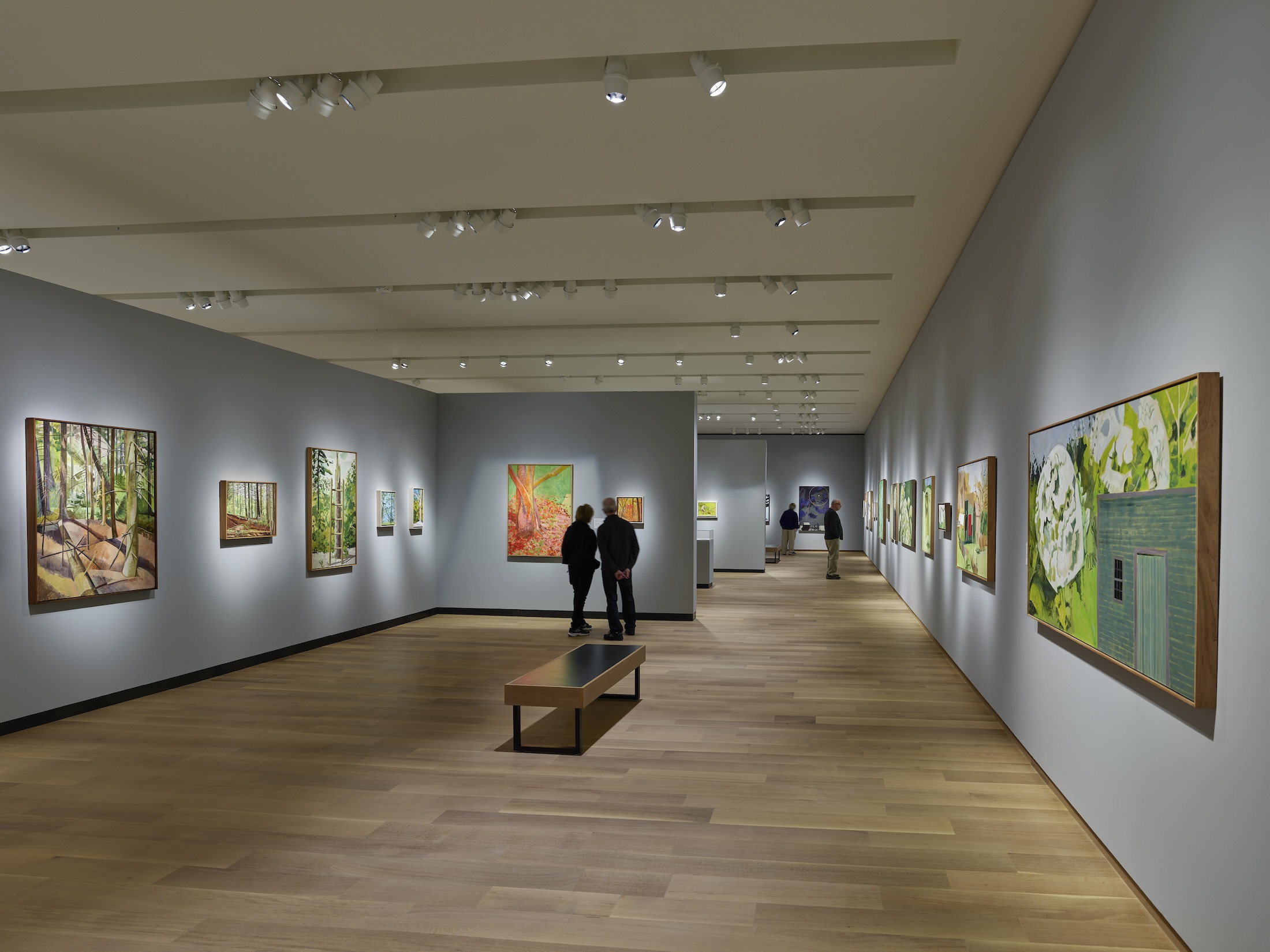
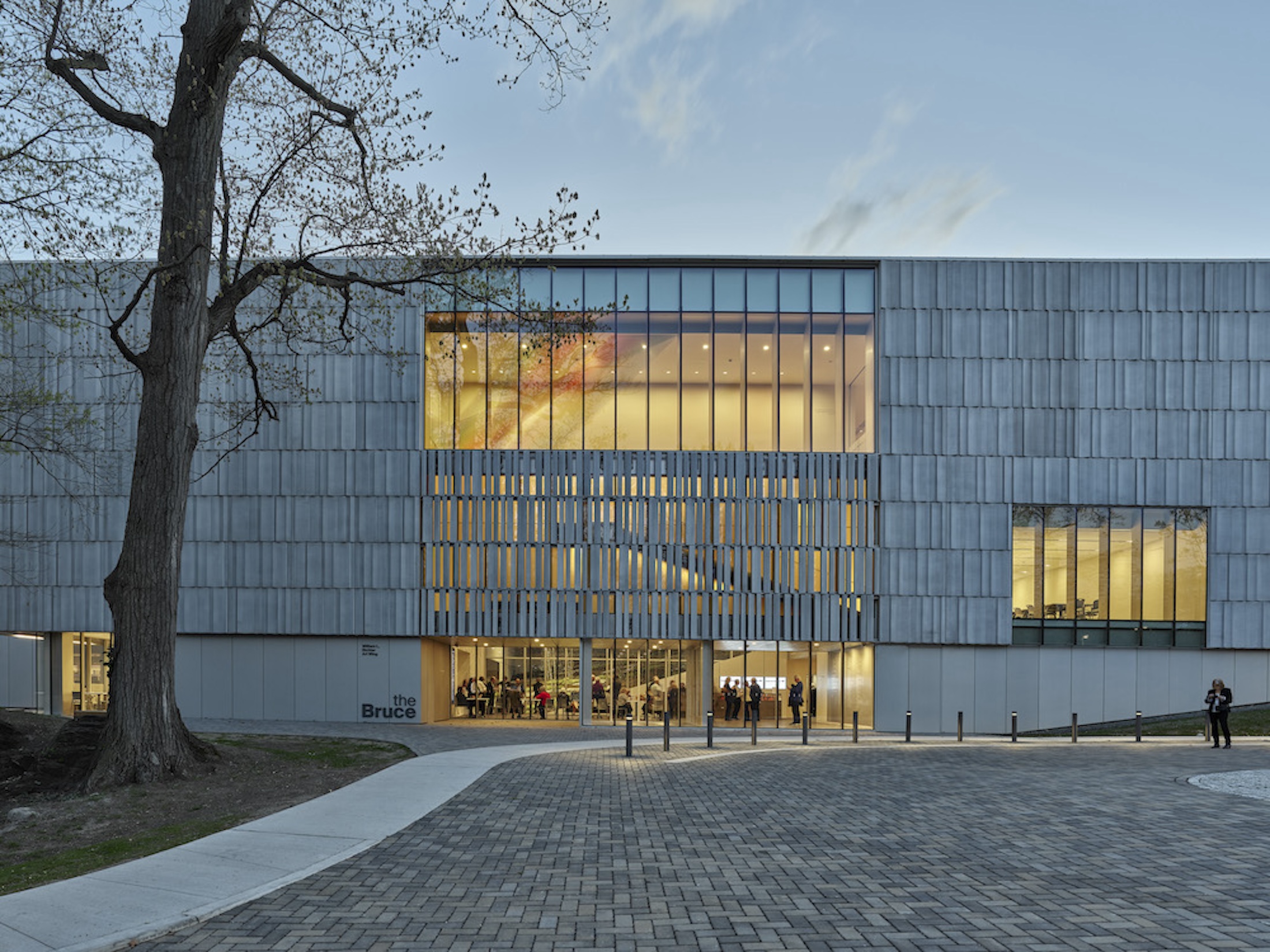
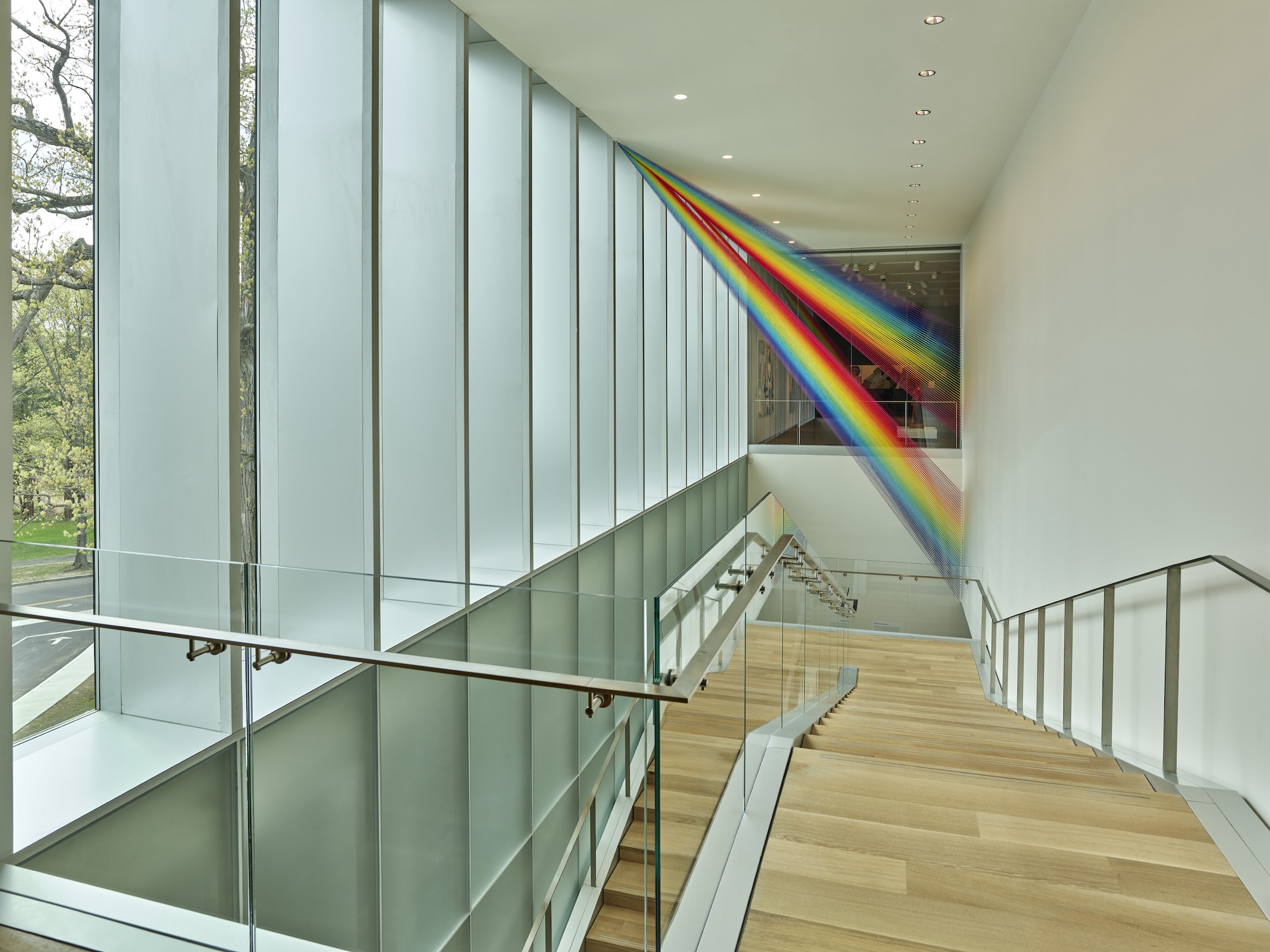
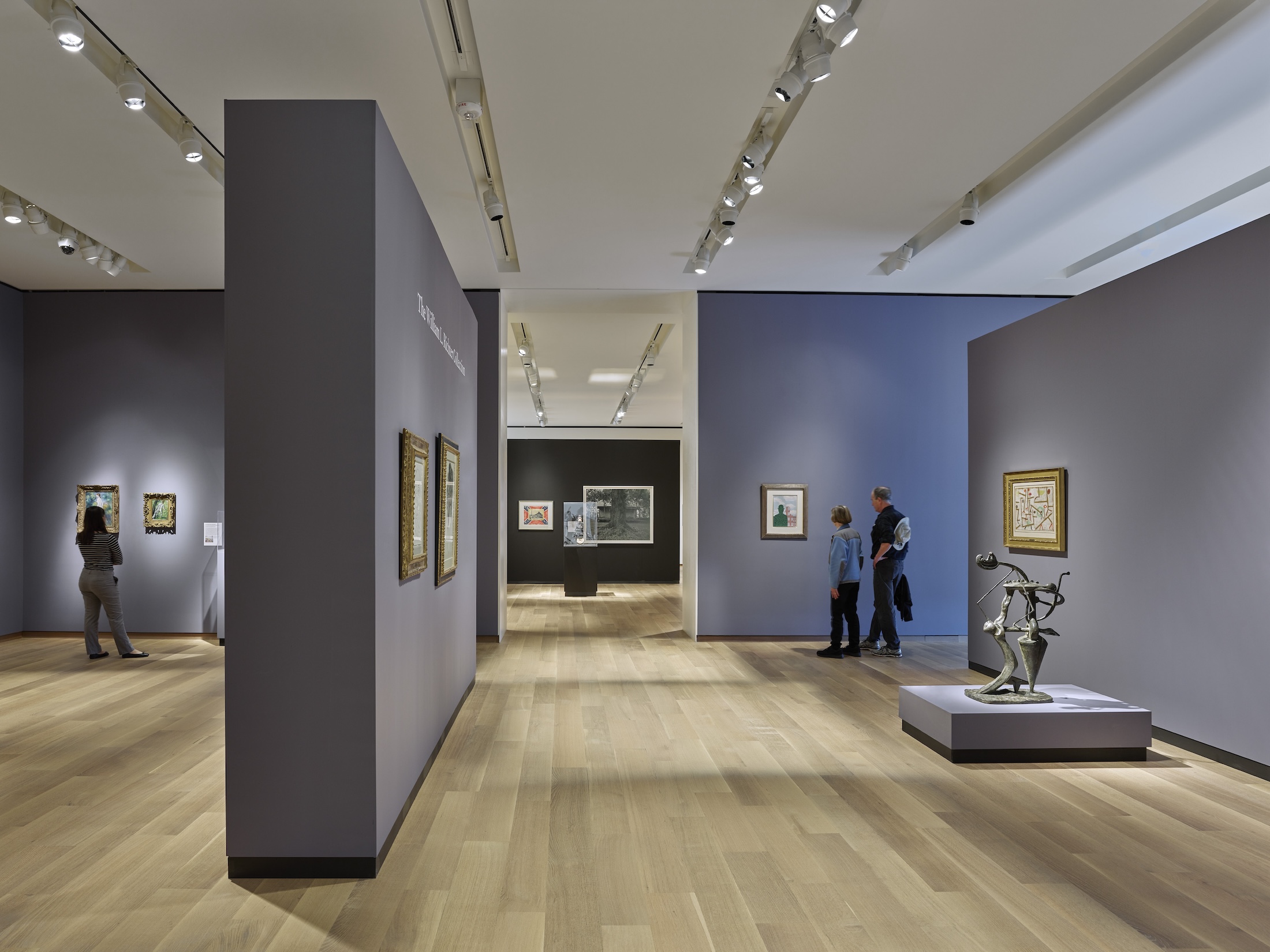
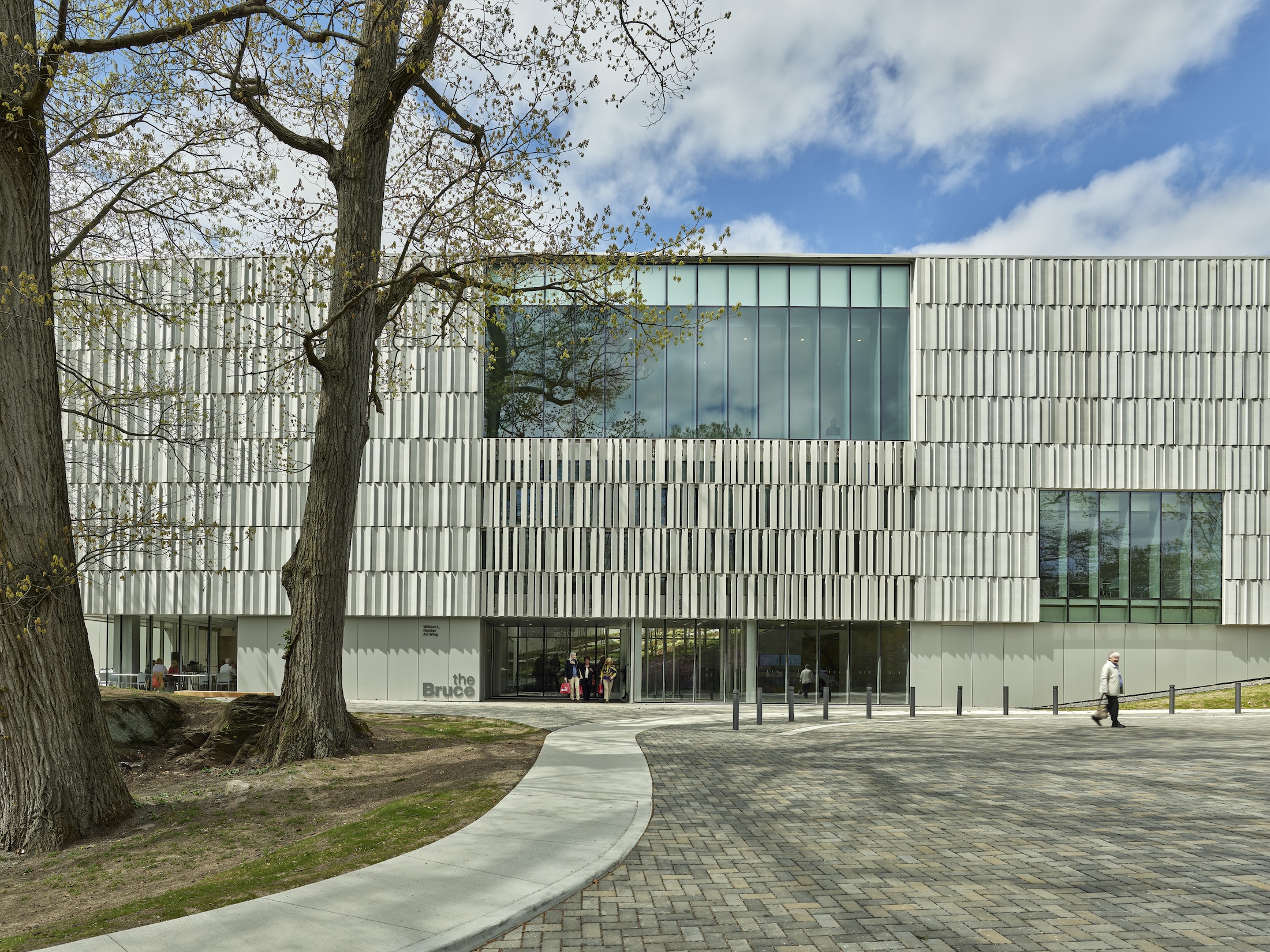
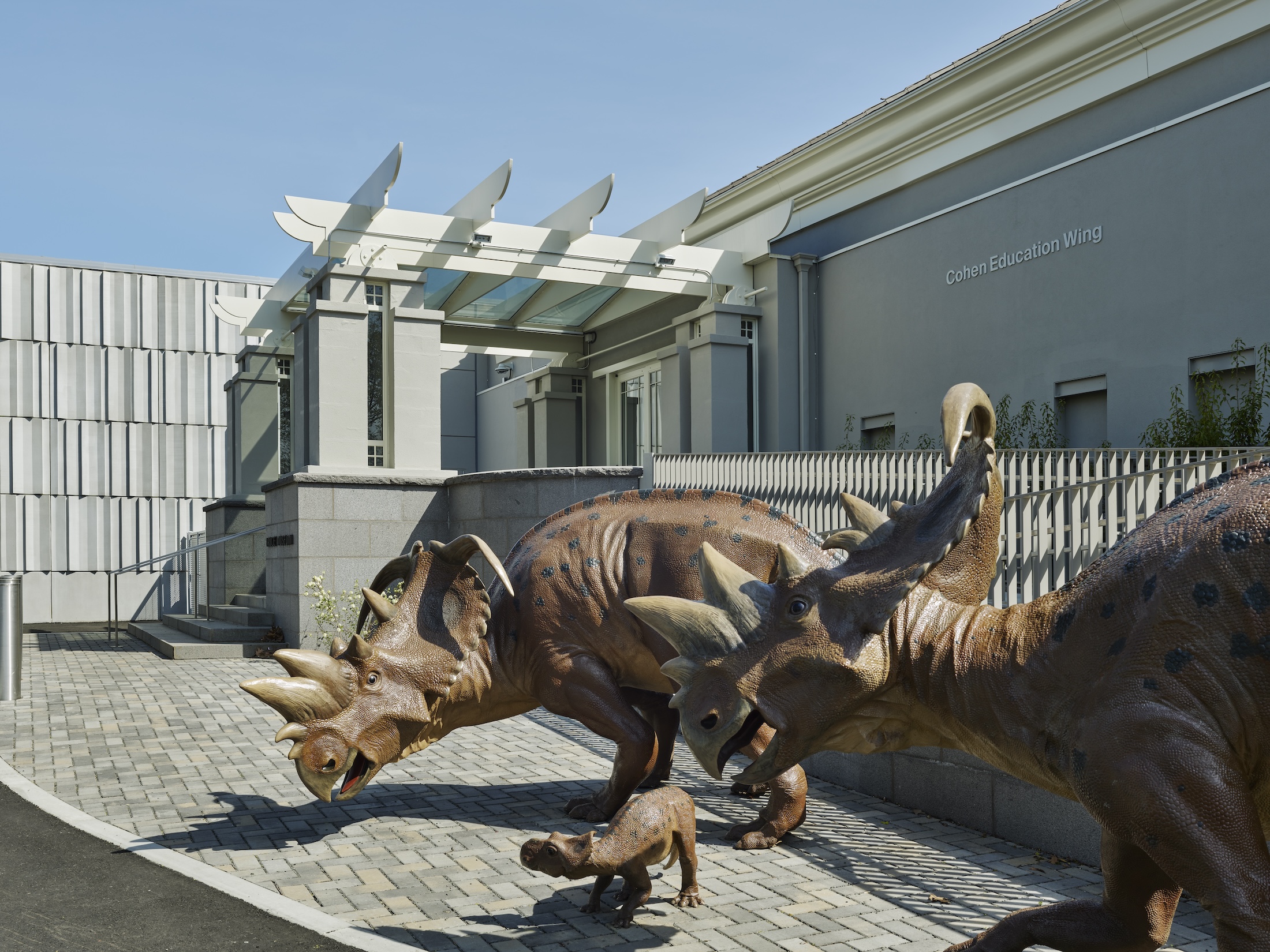
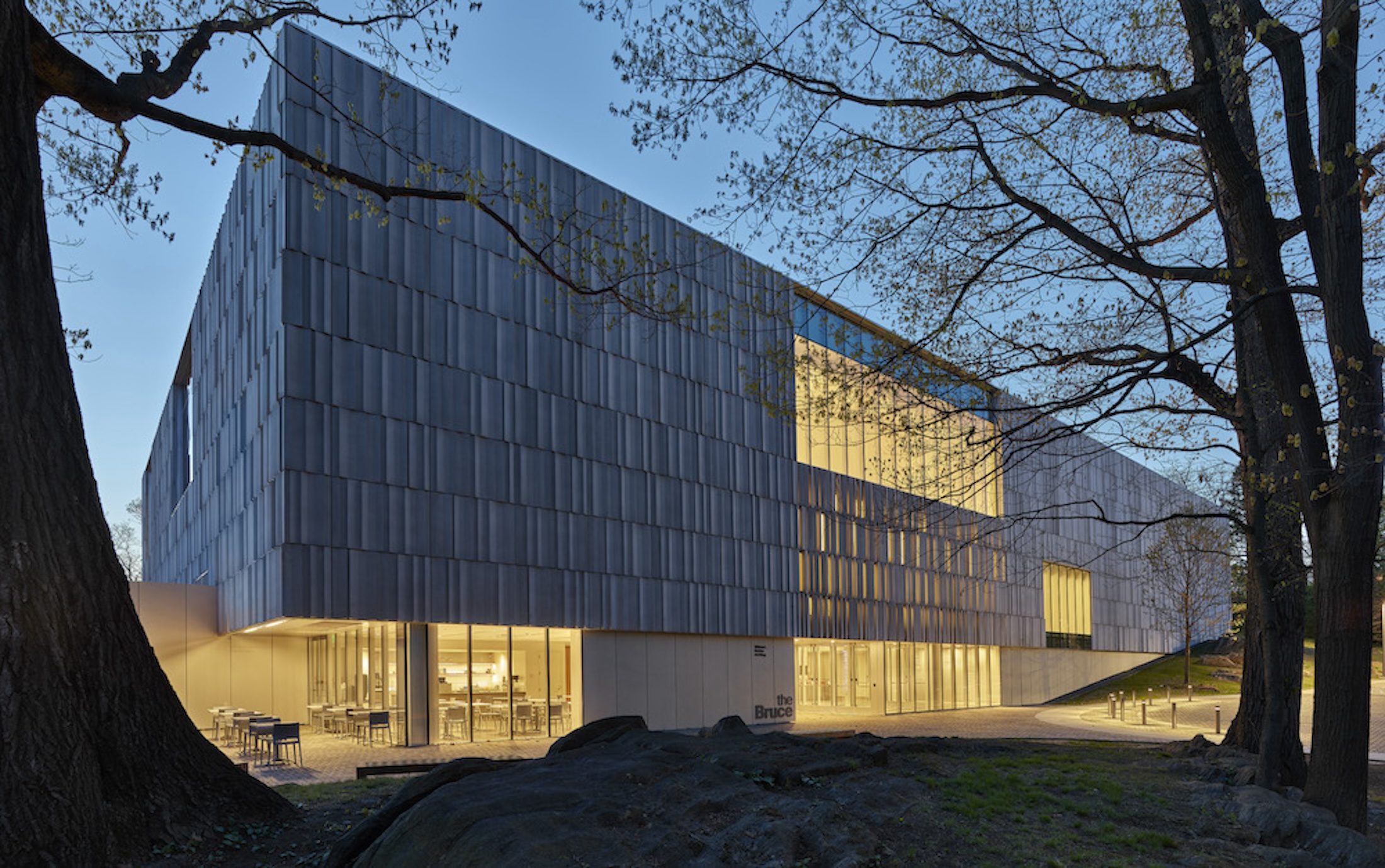
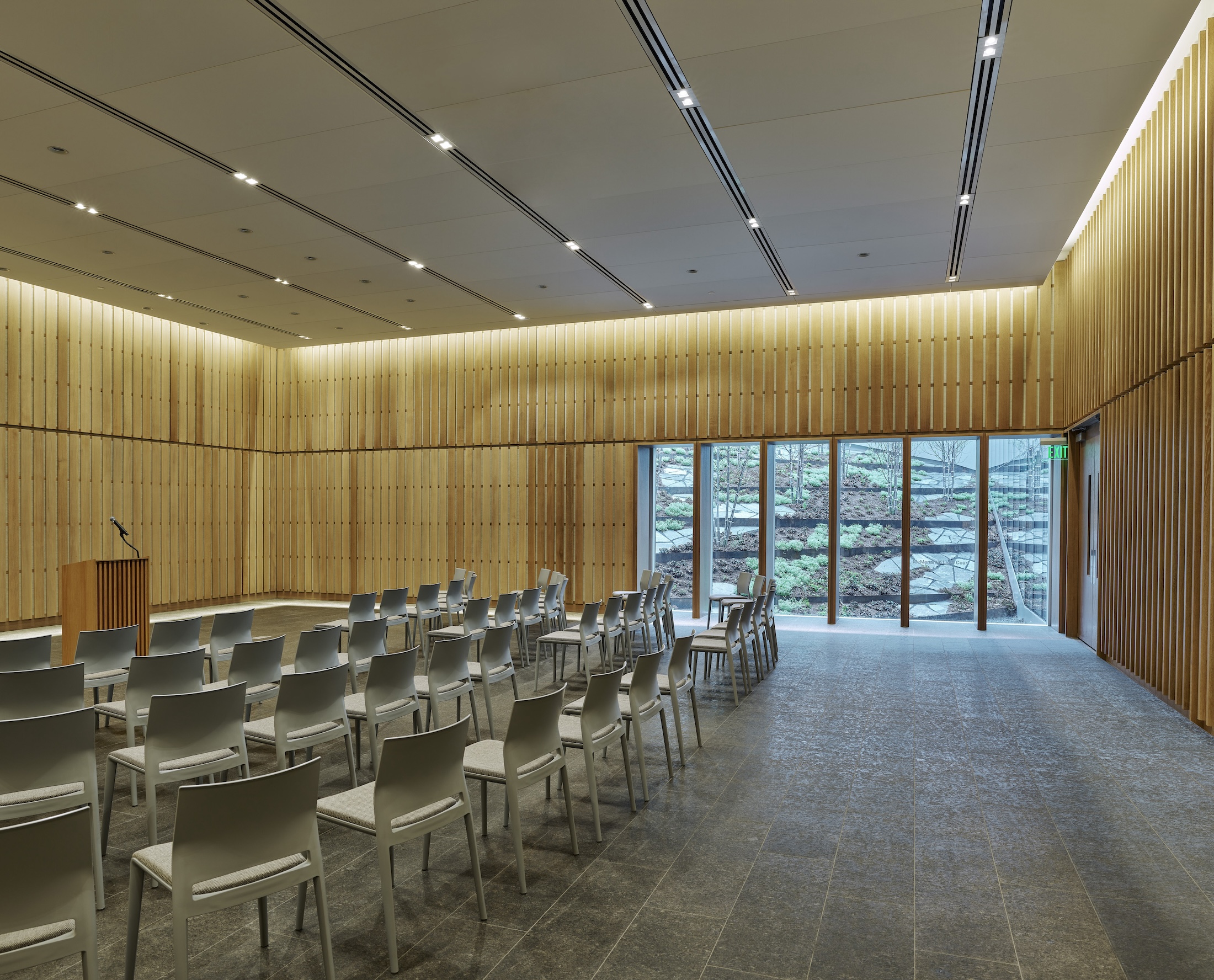
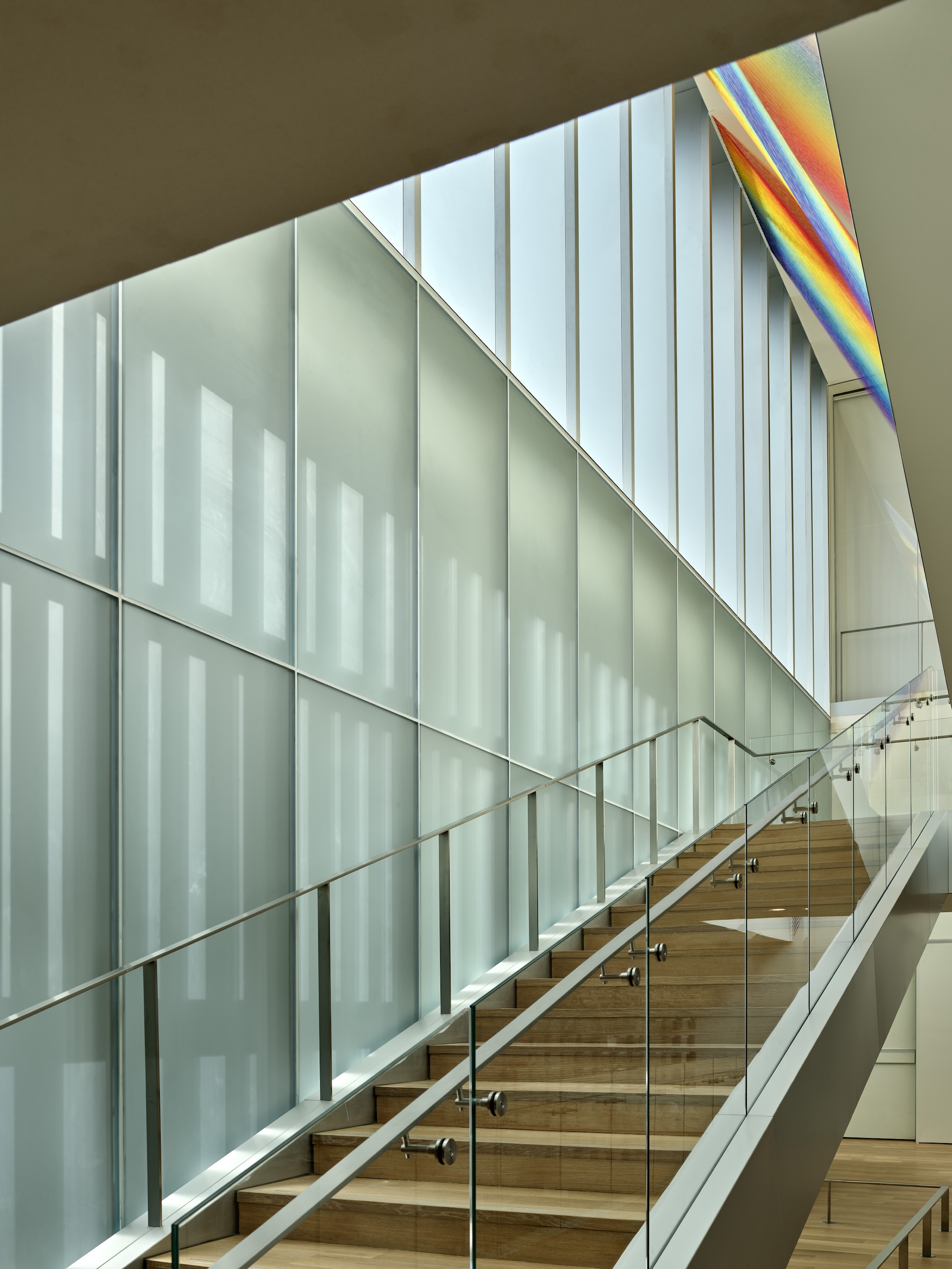
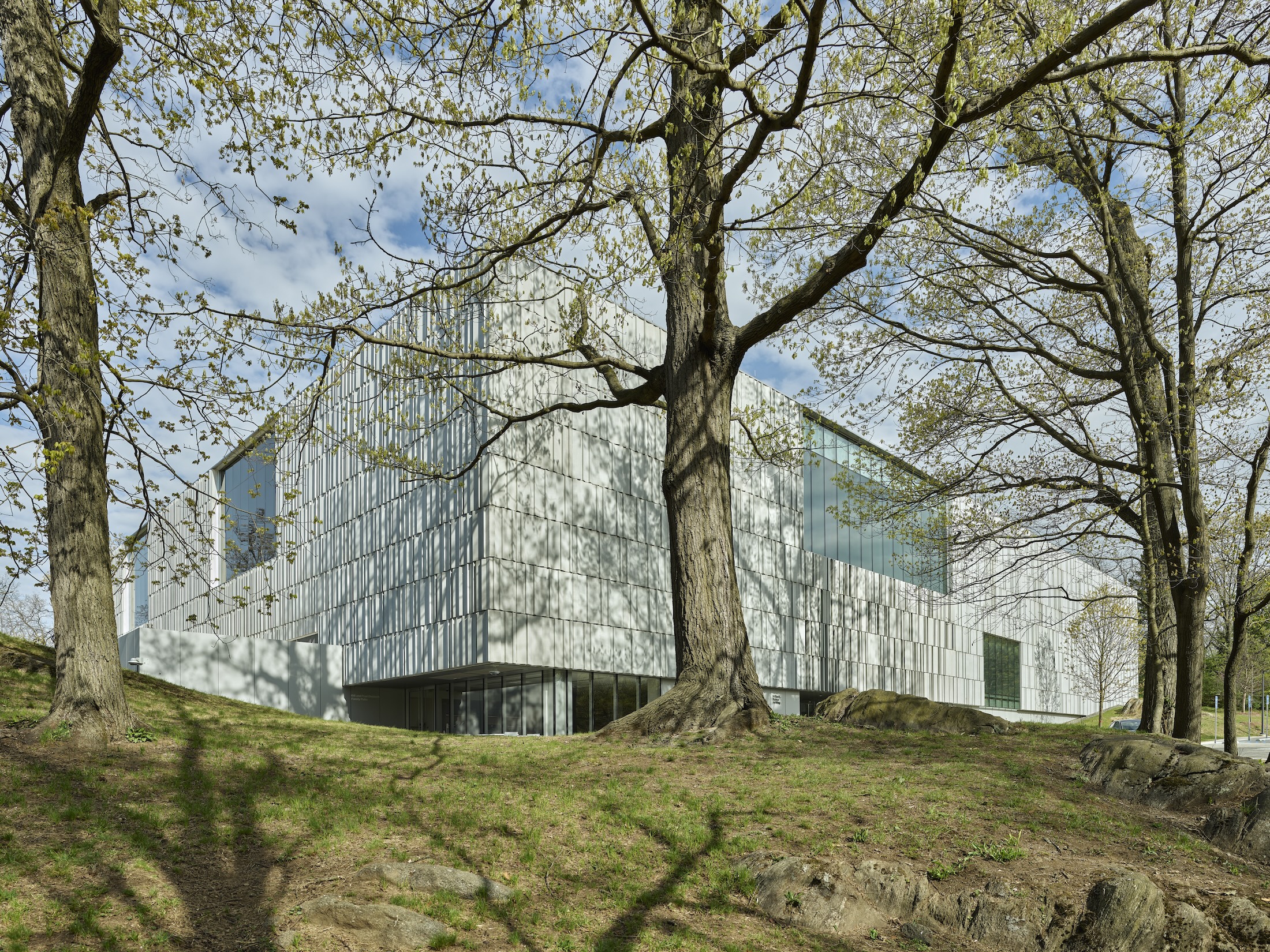
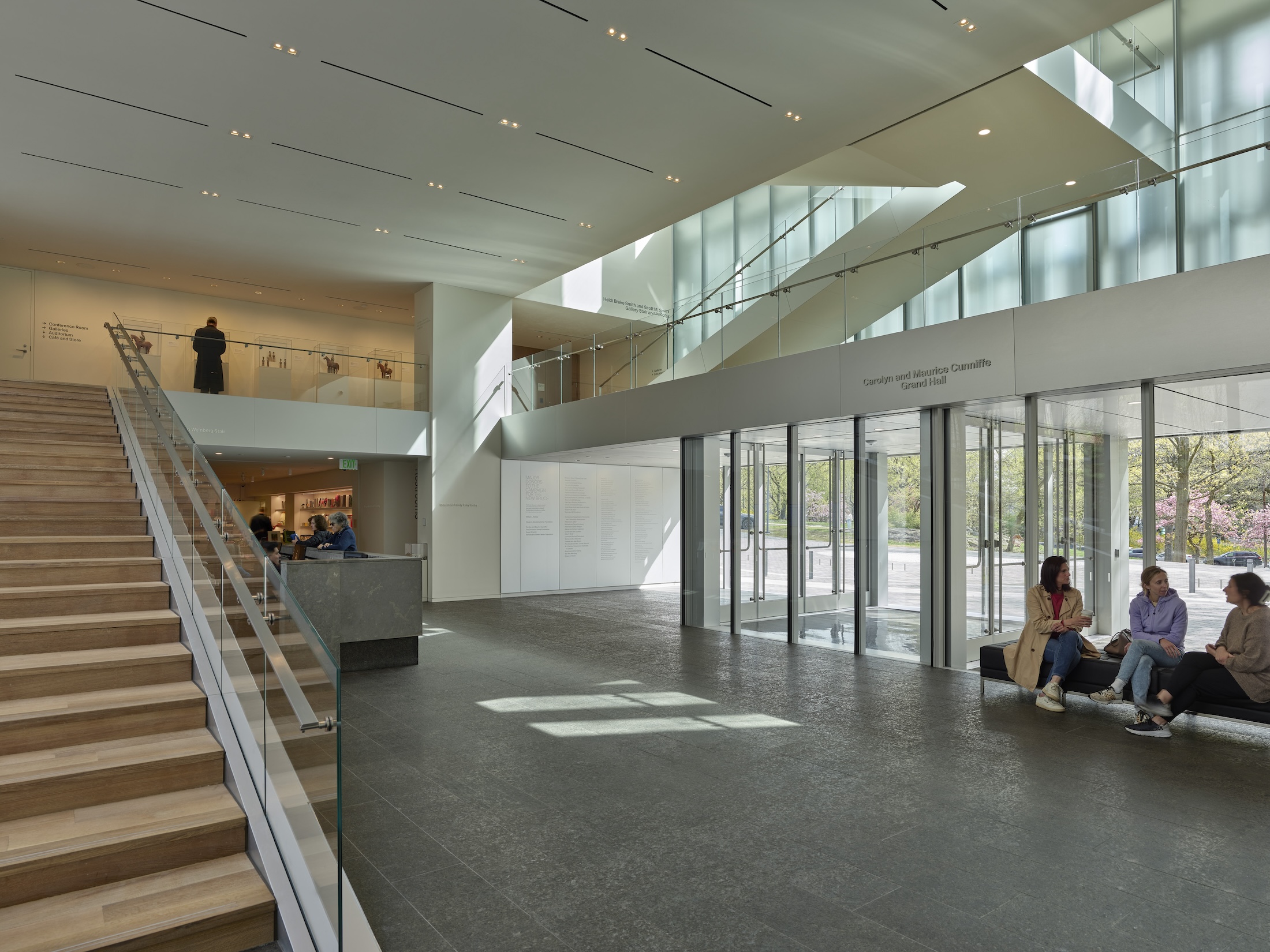

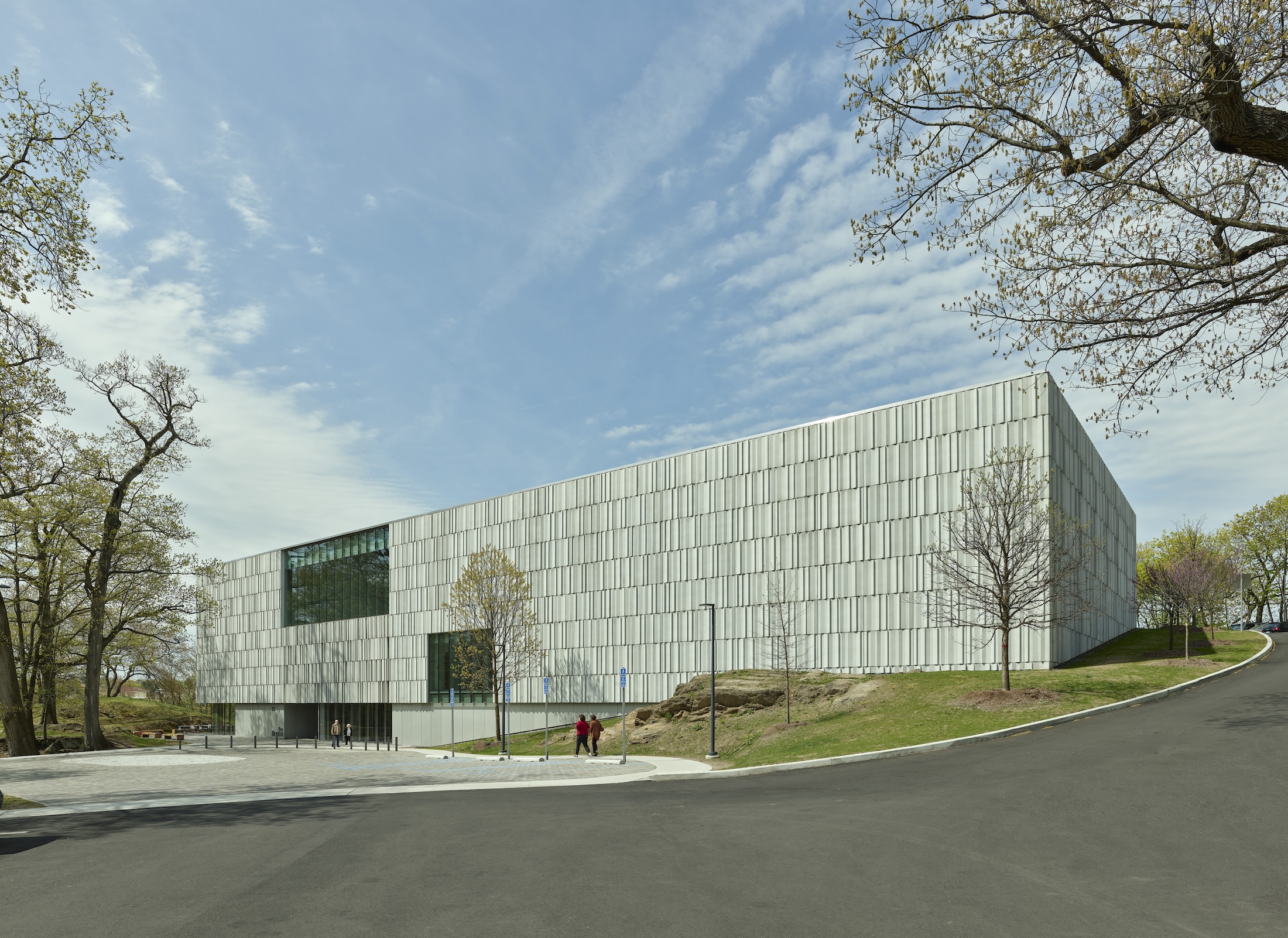
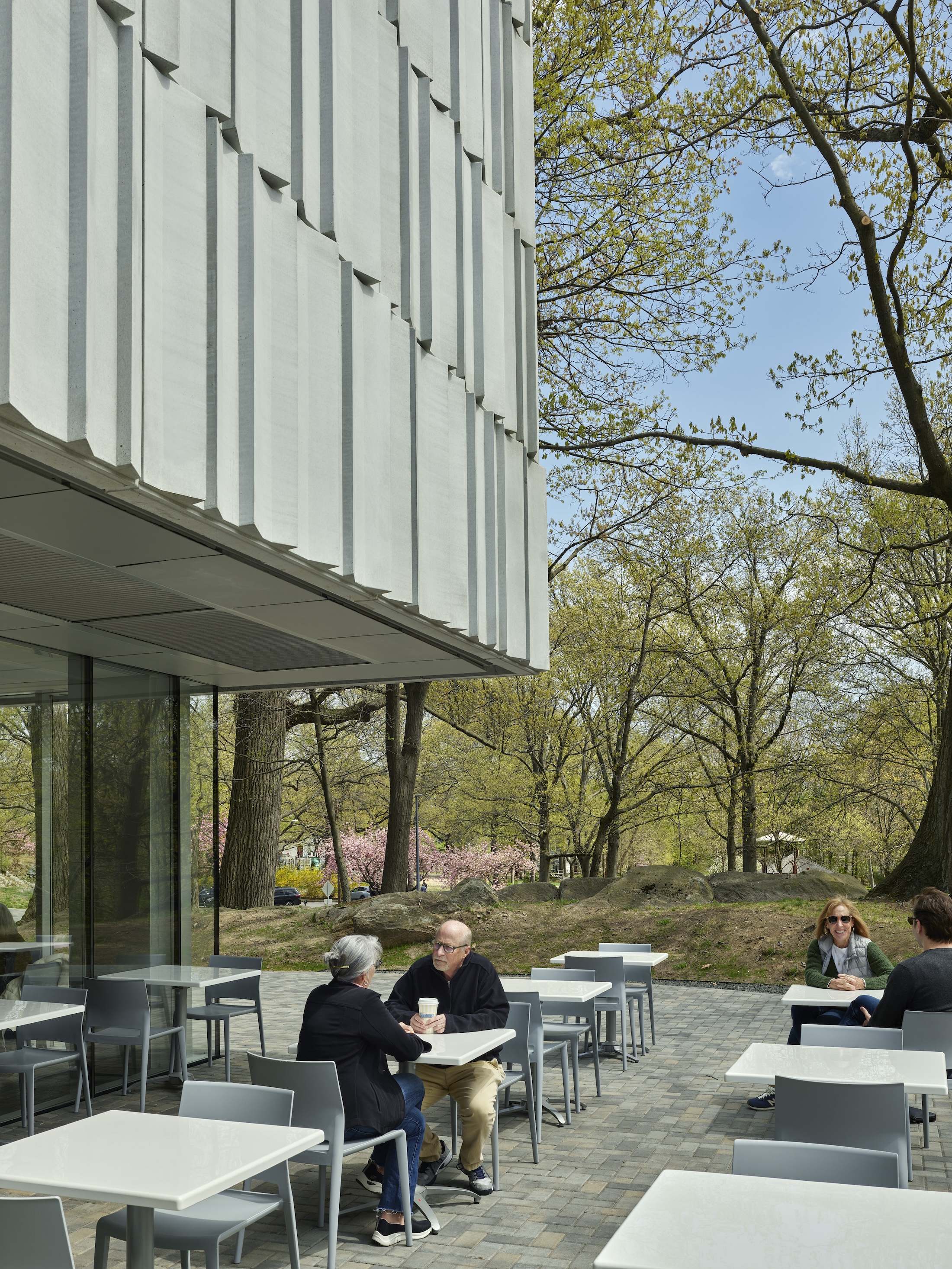
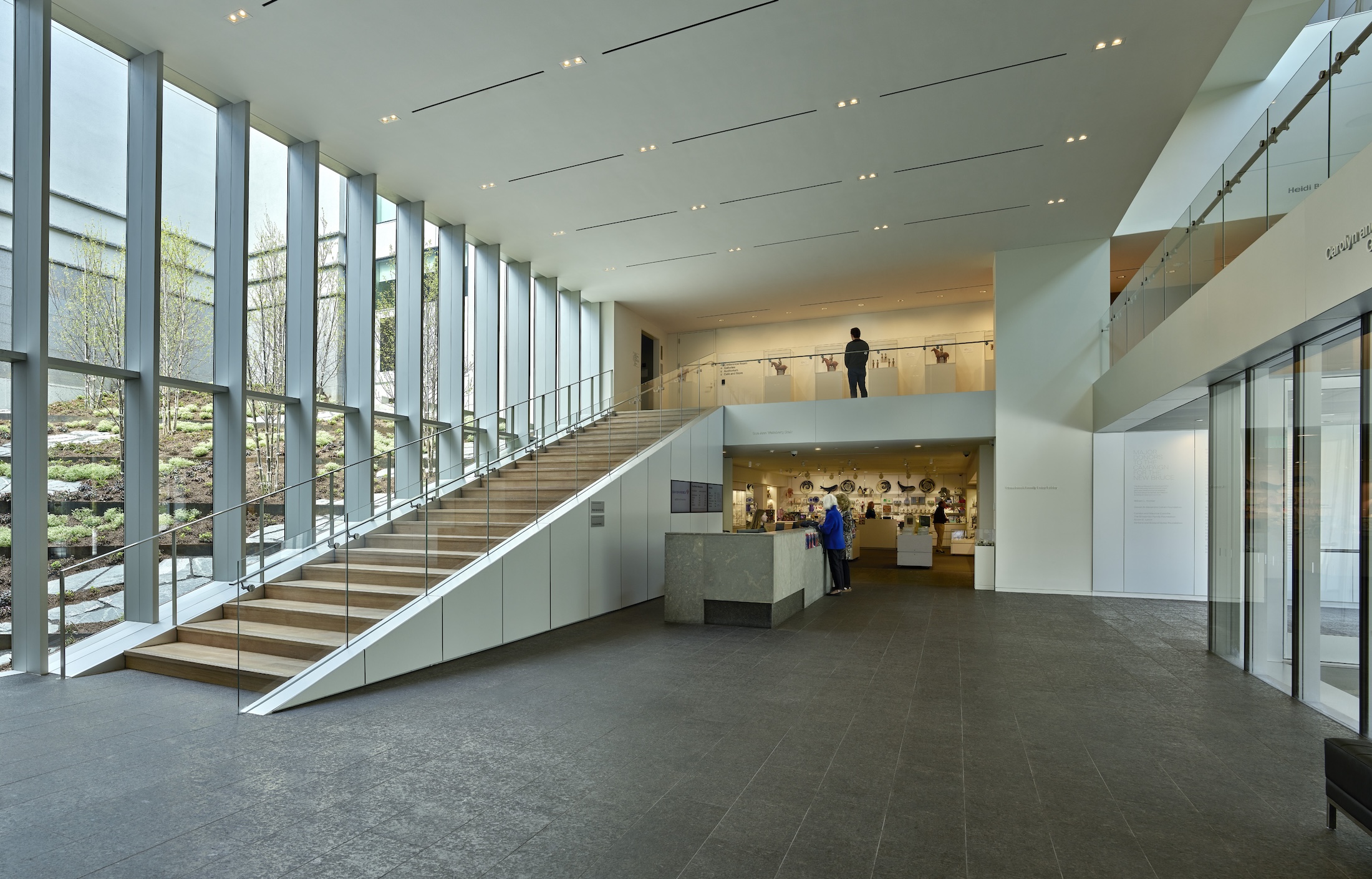
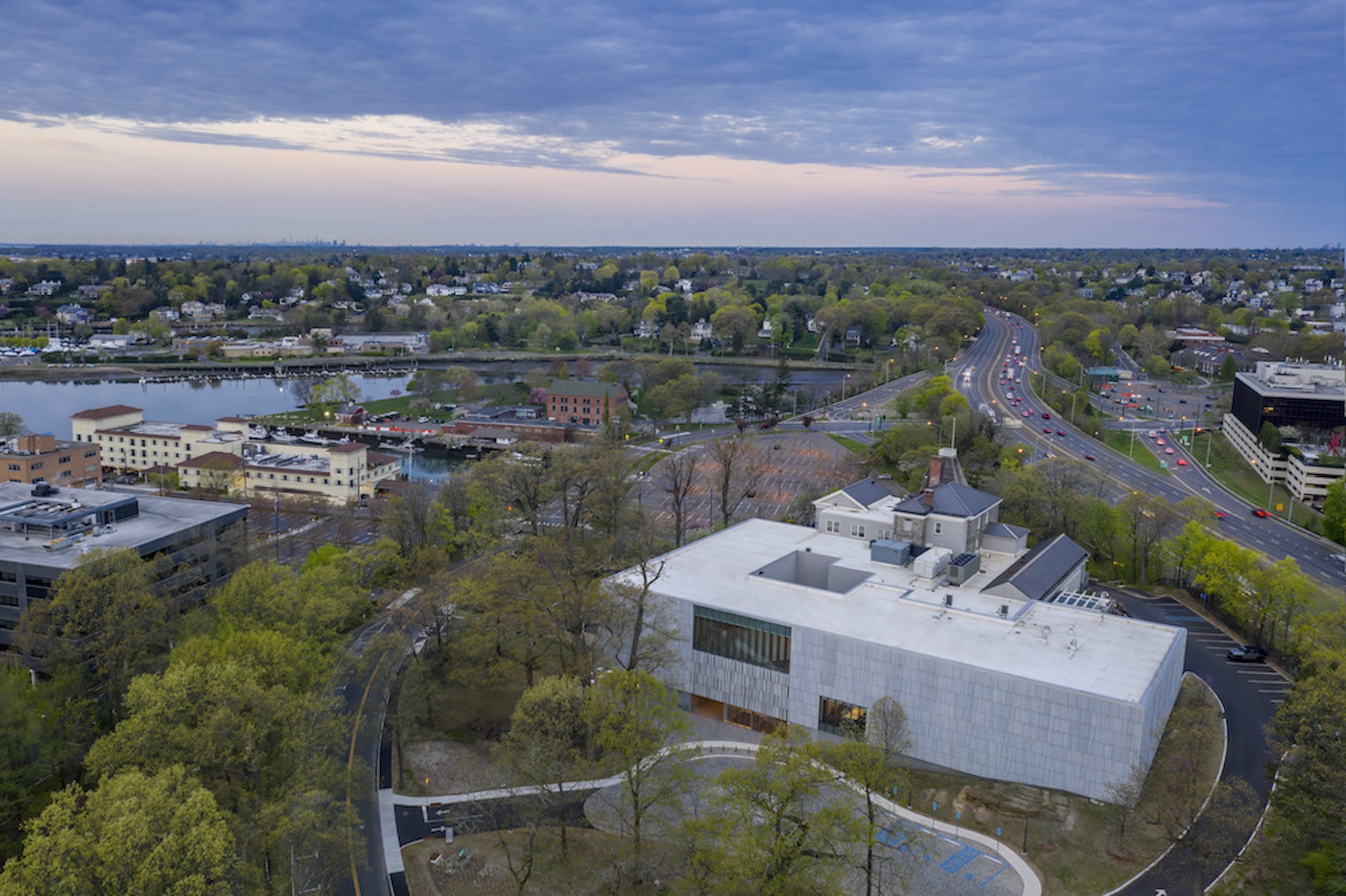
Related Stories
| Mar 13, 2014
Do you really 'always turn right'?
The first visitor center we designed was the Ernest F. Coe Visitor Center for the Everglades National Park in 1993. I remember it well for a variety of reasons, not the least of which was the ongoing dialogue we had with our retail consultant. He insisted that the gift shop be located on the right as one exited the visitor center because people “always turn right.”
| Mar 12, 2014
14 new ideas for doors and door hardware
From a high-tech classroom lockdown system to an impact-resistant wide-stile door line, BD+C editors present a collection of door and door hardware innovations.
| Mar 5, 2014
5 tile design trends for 2014
Beveled, geometric, and high-tech patterns are among the hot ceramic tile trends, say tile design experts.
| Feb 24, 2014
New Menil Drawing Institute will fit in with leafy surroundings
In Houston, plans are being finalized for the first freestanding American building built to house and conserve modern and contemporary drawings.
| Feb 18, 2014
Robert A.M. Stern sent back to drawing board for Revolutionary War museum in Philadelphia
The Philadelphia Art Commission has suggested some significant changes to the design by Robert A.M. Stern Architects, namely the elimination of a cupola and the addition of eye-level windows on the ground floor.
| Feb 14, 2014
Giant interactive pinwheel adds fun to museum exterior
The proposed design for the Santa Cruz Museum of Art and History features a 10-foot pinwheel that can be activated by passersby.
| Feb 14, 2014
Crowdsourced Placemaking: How people will help shape architecture
The rise of mobile devices and social media, coupled with the use of advanced survey tools and interactive mapping apps, has created a powerful conduit through which Building Teams can capture real-time data on the public. For the first time, the masses can have a real say in how the built environment around them is formed—that is, if Building Teams are willing to listen.
| Feb 13, 2014
Extreme Conversion: Nazi bunker transformed into green power plant, war memorial
The bunker, which sat empty for over 60 years after WWII, now uses sustainable technology and will provide power to about 4,000 homes.
| Jan 30, 2014
How reverse engineering nature can spur design innovation
It’s not enough to copy nature. Today’s designers need a deeper understanding of environmental nuance, from the biome in.
| Jan 28, 2014
16 awe-inspiring interior designs from around the world [slideshow]
The International Interior Design Association released the winners of its 4th Annual Global Excellence Awards. Here's a recap of the winning projects.


